Why are governance coins (usually) valued higher than ordinary tokens? Simple, because they are required for the entire system to work properly. They are the means through which coin holders are capable of shaping the future of a protocol. All the stakeholders can actually have an impact on the decisions concerning the project – from the decisions on whether or not to implement new features to changing the very nature of the governance system. So, the bigger a blockchain project gets, the more people would be keen on having a saying in its development. That being said, let’s dive into the most promising governance coin projects for 2021.
1. Ethereum

It would not be a serious enough list if we were to ignore the (current) king – Ethereum. Just like Bitcoin is a pioneer in blockchain technology so is Ethereum the first representative of the second-generation blockchains. This gives the project the first-mover advantage as it has already established a large network across the globe. Ethereum’s founder, Vitalik Buterin, can boast about the large and passionate community that is constantly working towards improving the network, as well as having created the biggest blockchain ecosystem.
It would not be an exaggeration to say that the majority of the crypto-projects are based on the ERC-20 token. Through the Ether one can execute smart contracts and store data for decentralized applications. The fact that it has managed to overcome a number of obstacles, including the 2016 DAO hack, makes it more trustworthy both in the eyes of third-party developers and investors who are looking for a store of value.
2. Polkadot
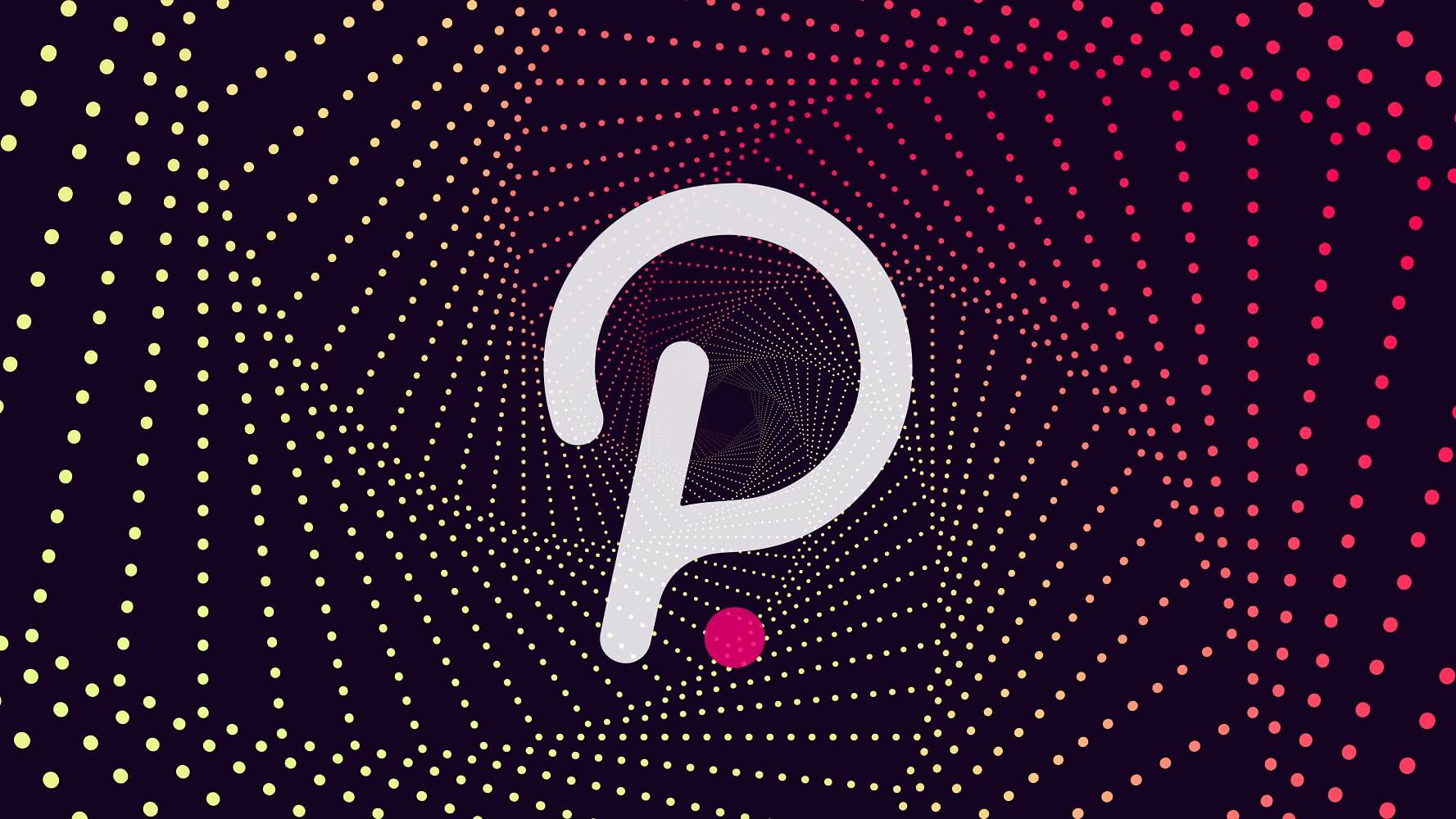
When assessing a cryptocurrency, going through the team’s background is of the highest priority. In the case of Polkadot, its creator is none other than the esteemed computer scientist Dr. Gavin Wood – co-founder of Ethereum and the founder of the programming language Solidity. His experience includes being the Chief Technology Officer of the Ethereum Foundation for a couple of years. It is of no surprise then that Polkadot is quite different from the other blockchain platforms as it intends to overcome the limitations that distributed ledger technologies usually face.
Through Polkadot app developers are able to create their own blockchains, called “Parachains”, that can actually communicate with other blockchains. This way every developer has the freedom to establish their unique set of rules for the blockchain they create – from the speed of the transactions to their cost limitations. There are already hundreds of projects built on top of Polkadot, including stablecoins and social networks.
3. Cardano

Cardano is another blockchain platform built by an Ethereum co-founder – in this case, Charles Hoskinson. Although Charles is not a doctor of computer science, he has proven to be an excellent marketer and his project has even been able to reach third place in total market capitalization – despite the fact that the project did not have a fully developed product that would allow the creation of decentralized applications. Cardano’s promises are to present users with smart contracts, which would enable them to seamlessly execute their own terms or agreements via code automation.
In 2017, Cardano launched its native cryptocurrency ADA. Every ADA holder has the chance to partake in the on-chain governance. Part of Cardano’s popularity is attributed to the system’s environmental sustainability, as it consumes merely 6 gigawatt-hours (GWh) of power. This particular aspect is what many large companies greet since other cryptocurrencies tend to raise concerns due to their excessive energy consumption.
4. TRON
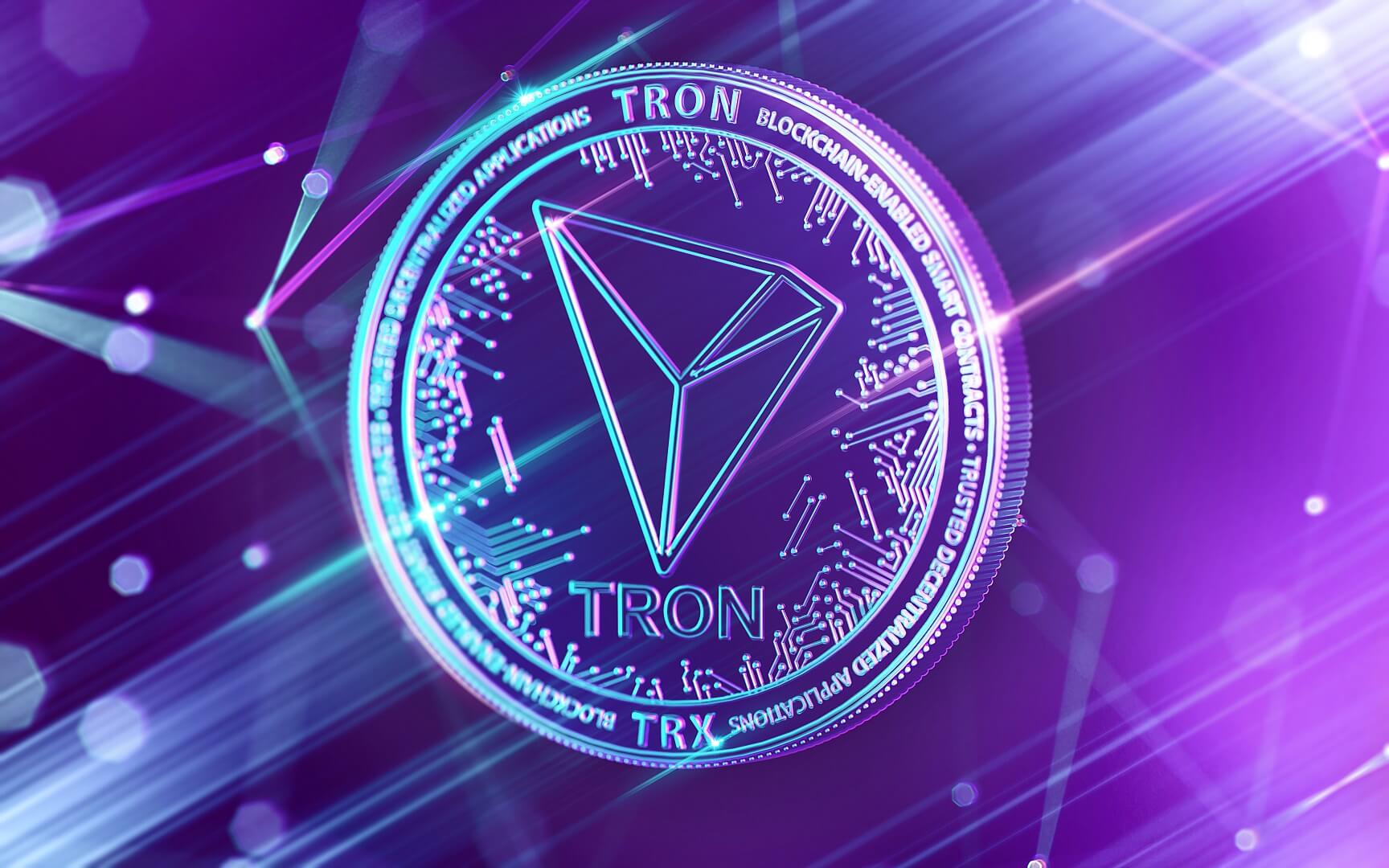
TRON was created back in 2017 by Justin Sun who used to work for Ripple before that. The system enables developers to not only create decentralized applications but also share media content. TRON’s original goal was to reward content creators more for their work. As part of this strategy, in 2018 TRON acquired BitTorrent, the web’s largest file-sharing site for 140 million USD. However, this blockchain’s biggest use case has proven to be facilitating the gambling industry. Within the TRON ecosystem, 8 out of 10 apps are some type of online casino.
At the end of 2019, the decentralized casinos built on top of TRON processed transactions that were worth over $3.9 billion – in other words, almost 90% of the total volume of transactions on this particular blockchain. Its token, the TRX, grants its holders access to some of the operating software’s features such as gas for transactions and smart contract computations. It also contributes to the security of the blockchain through its staking mechanism.
5. Solana
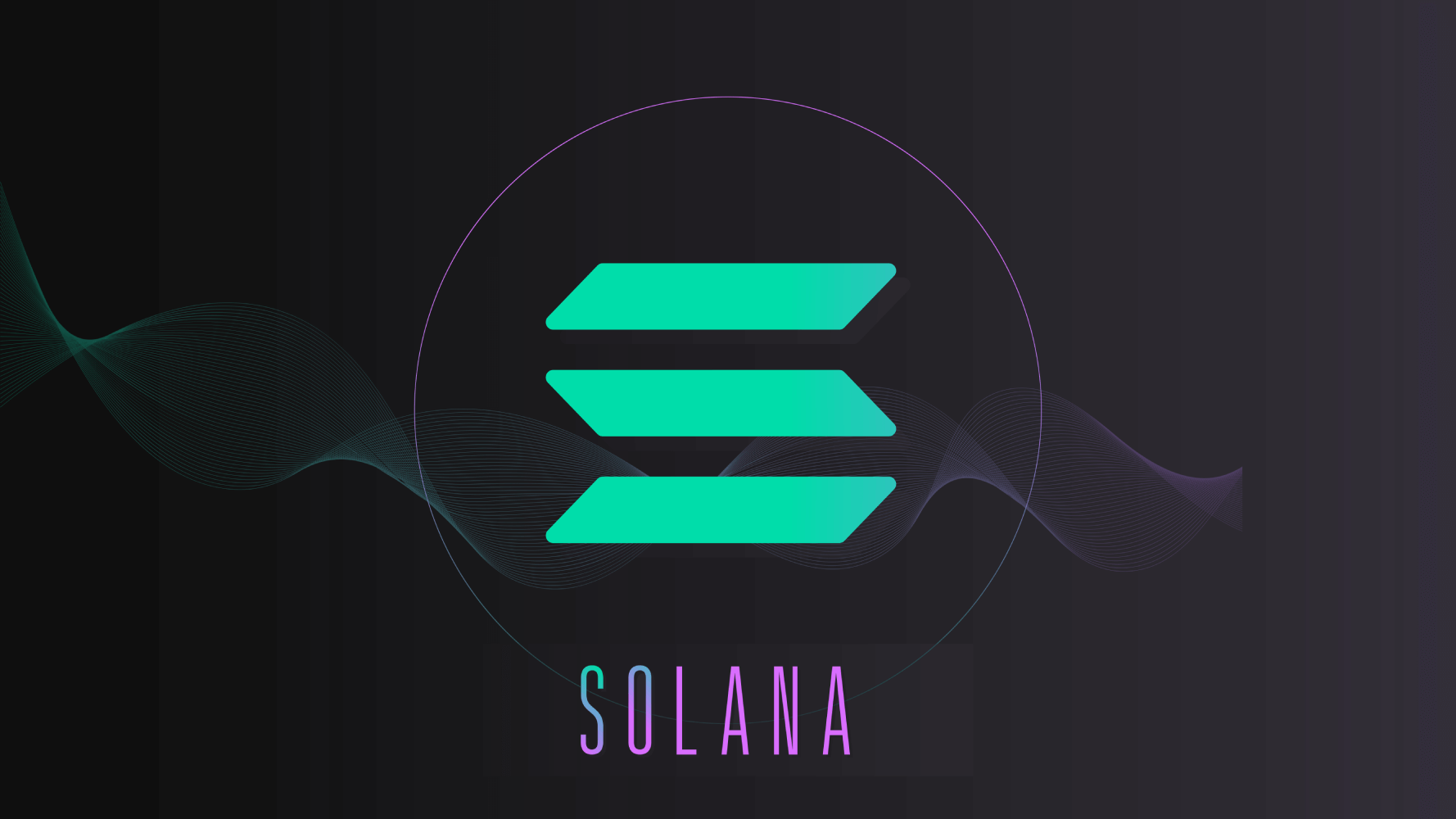
It is a well-known fact that scalability is among blockchain’s biggest challenges. For instance, Ethereum can currently support only 30 transactions per second. The more a network’s workload grows, the lower the transaction speed and the more time it requires for the transaction confirmation. Solana is a third-generation blockchain and its objective is to overcome these limitations without having a negative impact on security or decentralization.
This blockchain applies a completely novel methodology of verifying transactions, known as Proof of History (PoH), which allows Solana to process thousands of transactions per second. The simple explanation is that it proves that some time has passed between two transactions. Through PoH a lot of criticism that Ethereum faces is overcome since it reaches the number of transactions that centralized systems such as VISA can handle.
6. Tezos

Tezos made the news in 2018 with the biggest ICO (Initial Coin Offering) at the time. They actually managed to raise $232 million for their platform that allows the building of decentralized applications by using smart contracts. Unlike Ethereum, XTZ token holders (Tezos’ native coin), can vote on the ways the network can evolve in the future. Through this democratic voting the splitting of the community and the subsequent hard forks (leading to the blockchain splitting in two separate ones) can be avoided. With this self-amending nature, the Tezos protocol allows for seamless upgrades of the blockchain and for the constant inclusion of new features and improvements.
7. Kusama

Kusama is another project by Dr. Gavin Wood. Interestingly enough, its code was initially identical to Polkadot’s, so their underlying architecture is practically the same. Kusama’s purpose has been to test the functionalities of Polkadot in a real environment before being implemented on Polkadot. According to its creator, it is very likely that it would continue on its own path in the future.
A significant difference from Polkadot is the fact that Kusama’s staking requirements are much lower than Polkadot’s and developers can actually take advantage of some features that are still not included in Polkadot.
Nothing on this website should be perceived as financial, investment or trading advice. We urge you to do your own research prior to investing and we highly recommend that you consult a certified financial advisor.
Оценена от 1,454 👤
Tell us what topic you’d like
Us to cover!
Our objective is to make the world of crypto more comprehensive to everyone out there
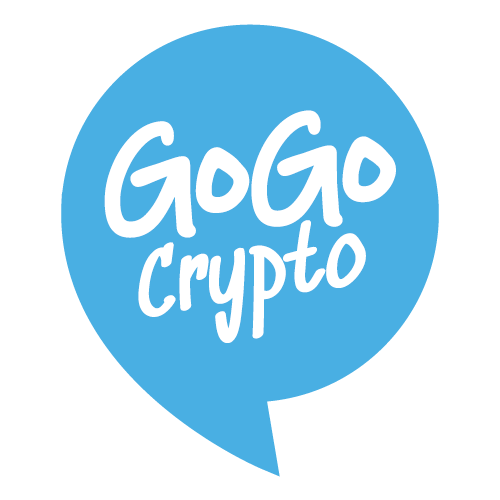
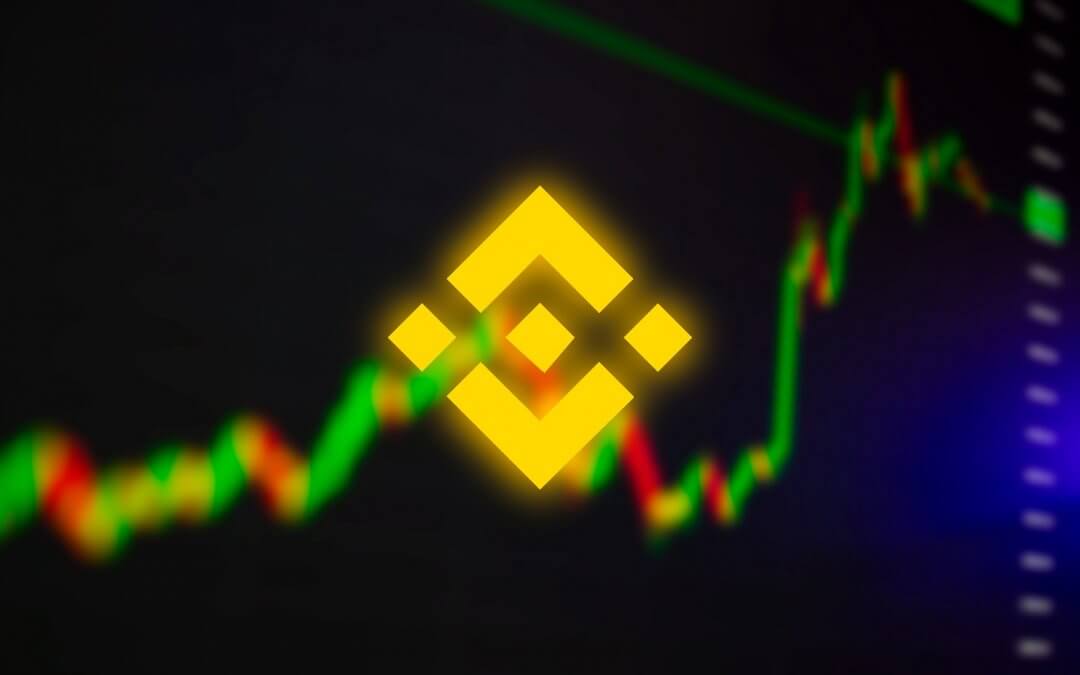

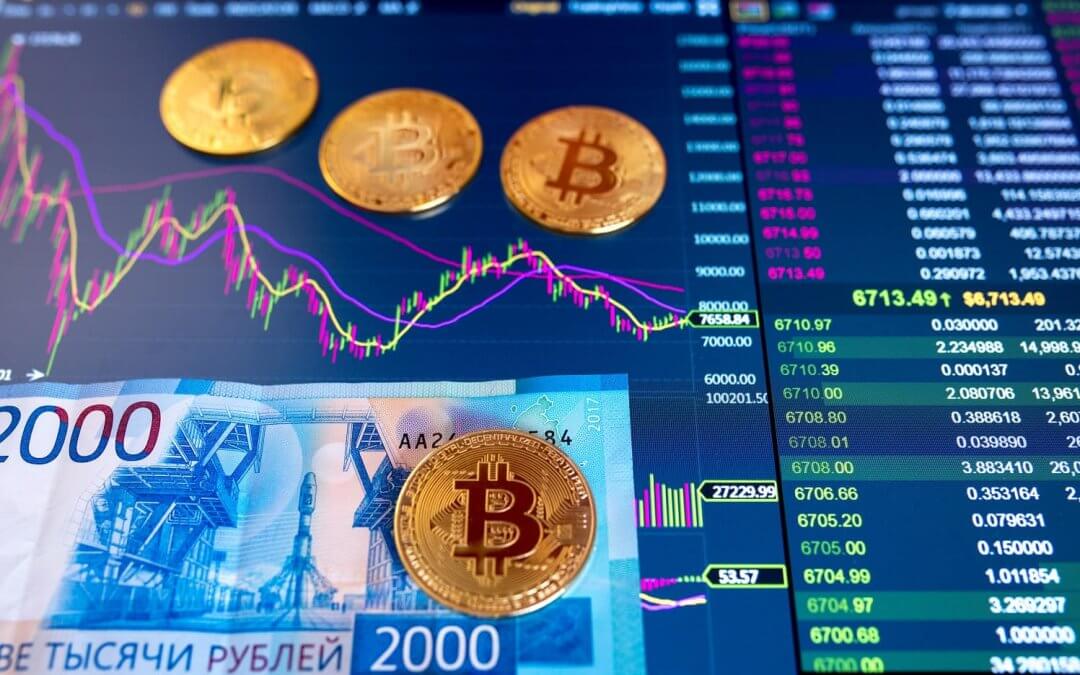


0 Comments